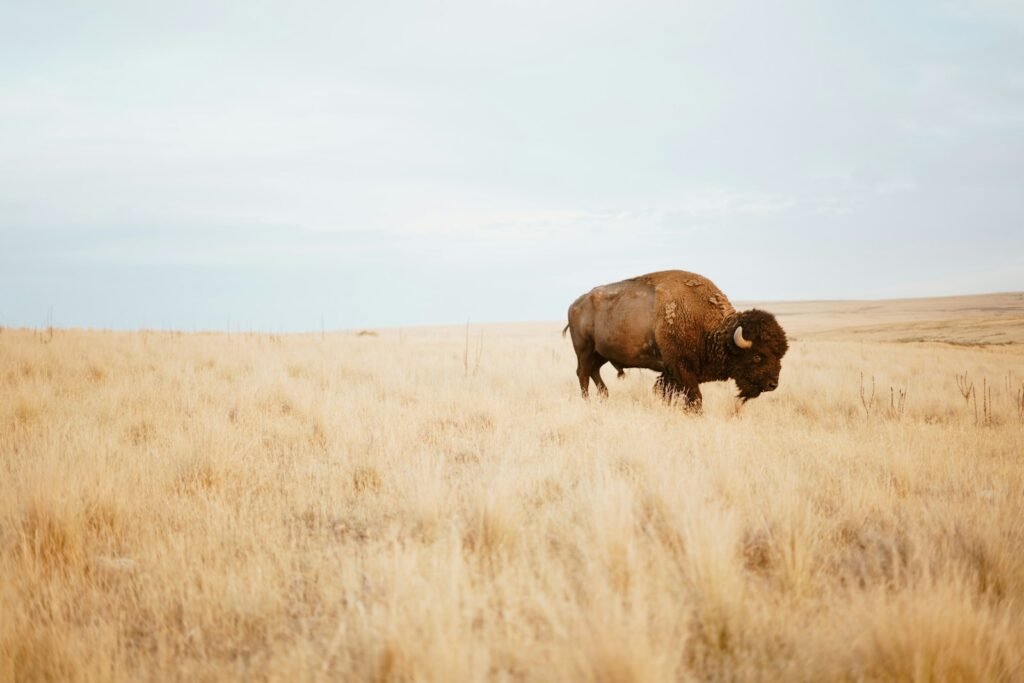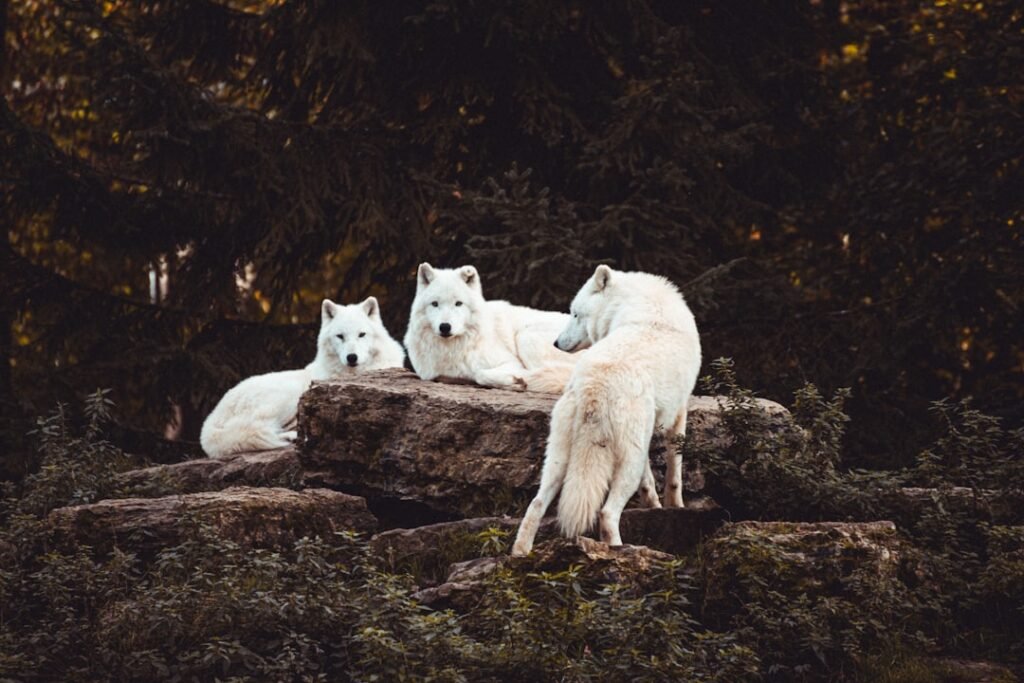The vast expanses of the Great Plains, stretching across the heart of North America, are not just a testament to nature’s grandeur. Beneath their rolling landscapes lies a treasure trove of ancient secrets: mammoth fossils. These relics from the Ice Age offer a fascinating glimpse into a world that once was, and they hold critical insights into the ever-pressing issue of climate change. As we delve into the story of these majestic creatures, we uncover lessons that are as relevant today as they were thousands of years ago.
The Giants of the Ice Age
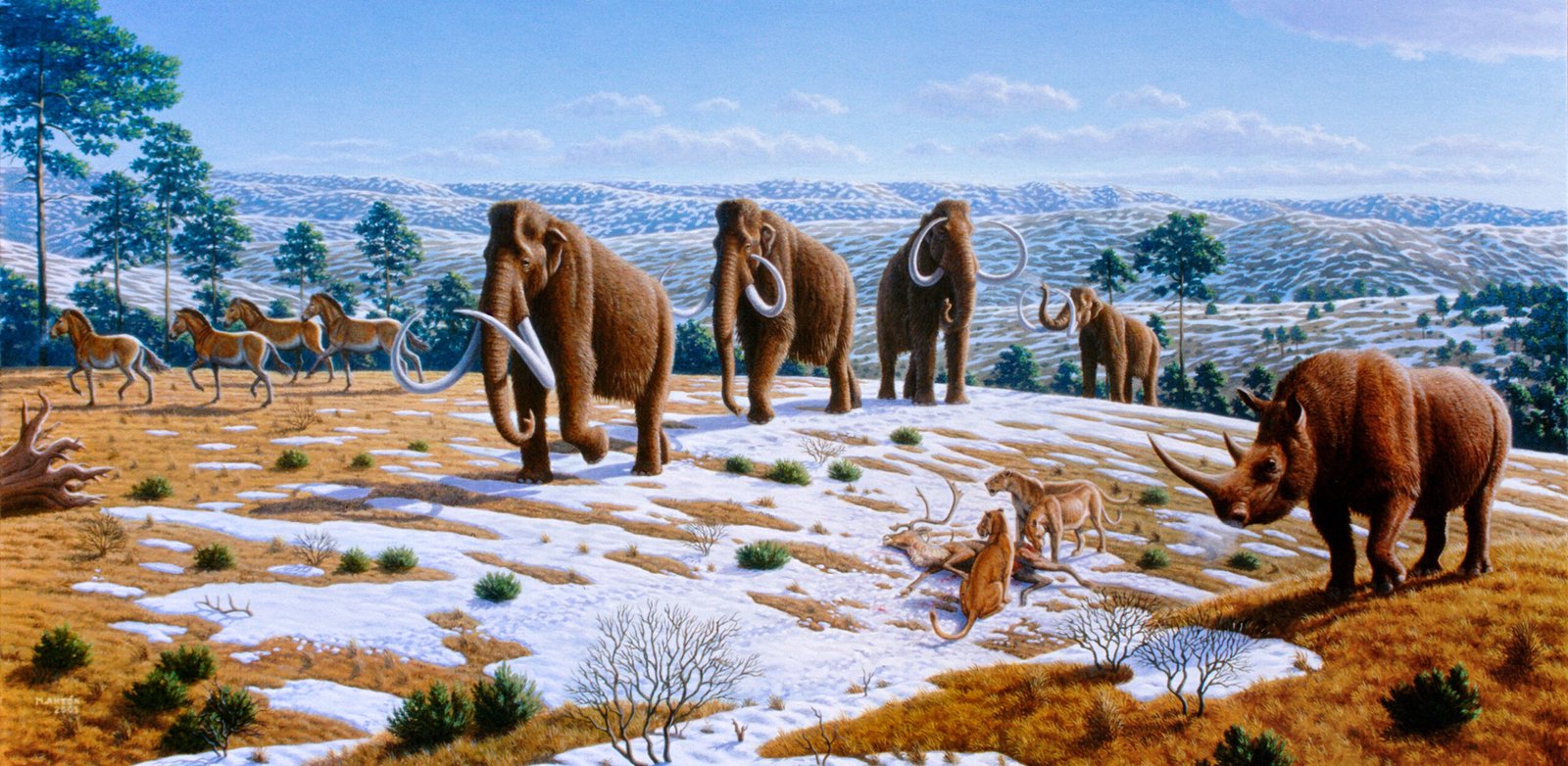
Mammoths, often mistaken for their distant relatives, the modern elephants, roamed the Earth during the Pleistocene Epoch. These colossal creatures, characterized by their long, curved tusks and shaggy coats, were well-adapted to the frigid conditions of the Ice Age. Standing at heights of up to 13 feet and weighing as much as 12,000 pounds, they were truly the giants of their time. Their presence stretched from the icy tundras of Siberia to the temperate zones of North America, including the Great Plains. Their fossils, often found in clusters, suggest they traveled in herds, much like today’s elephants, and played a crucial role in their ecosystems.
Unearthing the Past
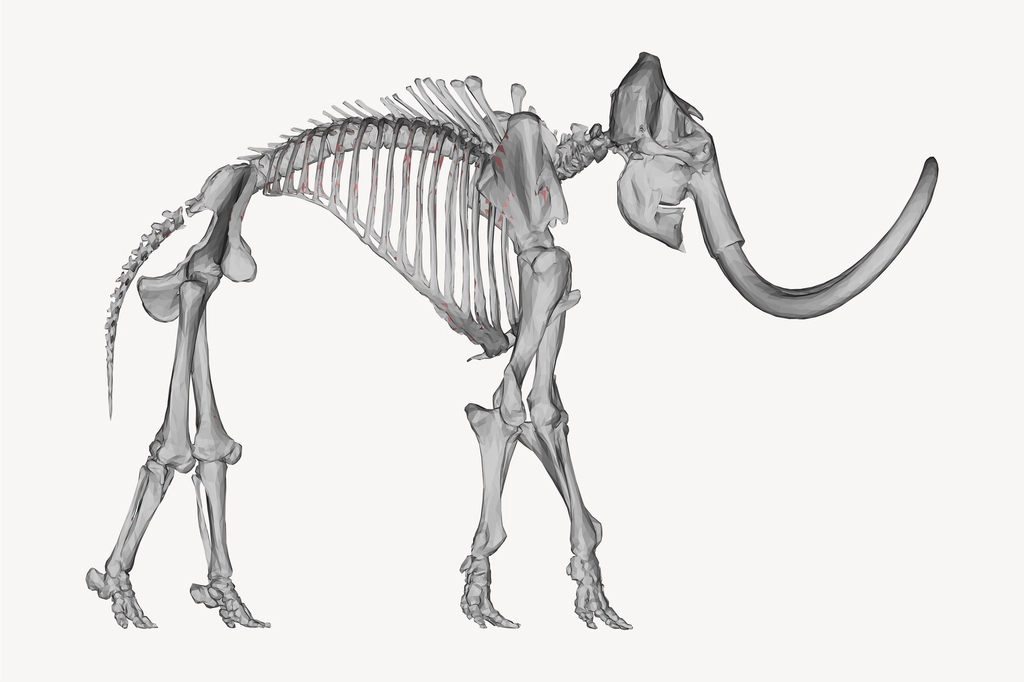
The discovery of mammoth fossils in the Great Plains has been a boon for paleontologists and climate scientists alike. These fossils, often remarkably well-preserved, provide a window into the past, allowing researchers to reconstruct ancient environments. Through meticulous excavation and analysis, scientists can determine the age, diet, and even the cause of death of these animals. This information is invaluable, shedding light on how these creatures lived and, more importantly, how they adapted—or failed to adapt—to changing climates. Each fossil tells a story, not just of the mammoth itself, but of the world it inhabited.
Lessons from Extinction
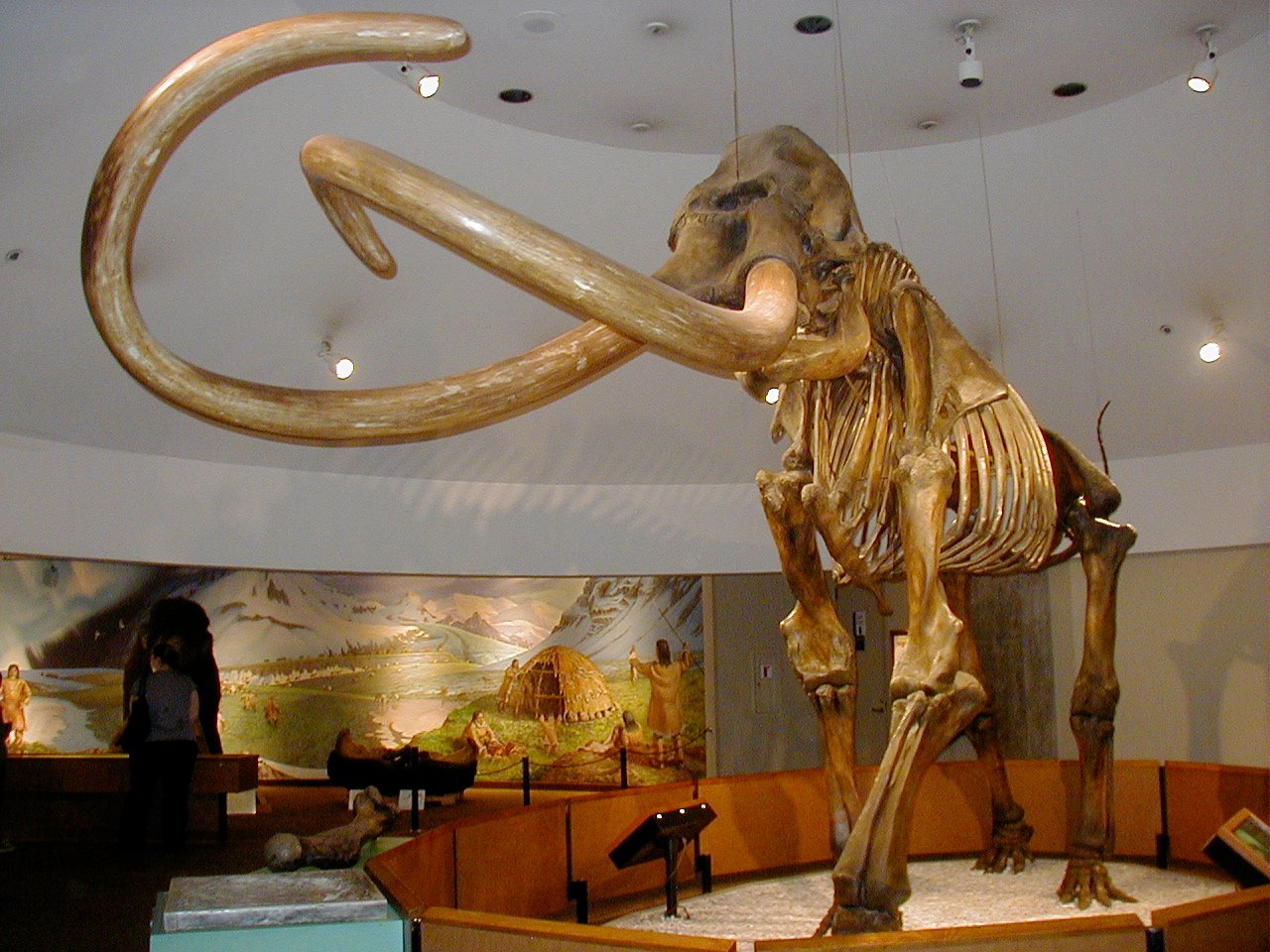
The extinction of the mammoth, which occurred around 10,000 years ago, is a poignant reminder of the fragility of life in the face of environmental change. While the exact cause of their demise is still debated, many scientists believe it was a combination of climate change and human activity. As the Earth warmed and ice sheets retreated, the mammoth’s habitat shrank, and their food sources dwindled. At the same time, early humans were becoming increasingly adept hunters. This deadly combination proved too much for the mammoths, leading to their eventual extinction.
Climate Change: An Ancient Phenomenon
Climate change is not a new concept. The Earth’s climate has been in a constant state of flux for millions of years. The Ice Age, which spanned several million years, was characterized by cycles of glacial advances and retreats. These natural climate shifts had profound impacts on the planet’s ecosystems, driving evolution and extinction. The mammoth fossils of the Great Plains serve as a testament to these ancient climate changes, offering insights into how past species coped—or didn’t—with environmental shifts. By studying these fossils, scientists can better understand the mechanisms of climate change and its impacts on life.
Modern Implications
Today, the lessons gleaned from mammoth fossils are more relevant than ever. Our planet is once again experiencing rapid climate change, driven largely by human activity. As temperatures rise and habitats shift, many species are facing challenges similar to those the mammoths once encountered. By examining the past, we can glean valuable lessons for the future. The extinction of the mammoth serves as a cautionary tale, illustrating the potential consequences of unchecked environmental change. It underscores the importance of conservation efforts and the need for sustainable practices.
The Role of Paleontology in Climate Science
Paleontology, the study of ancient life, plays a crucial role in climate science. By analyzing fossils, scientists can reconstruct past climates and understand how ecosystems responded to changes. This information is vital for predicting how current ecosystems might react to ongoing climate change. The mammoth fossils of the Great Plains are a key piece of this puzzle. They provide a tangible link between past and present, offering insights into the dynamics of climate change and its impacts on biodiversity. As we continue to study these ancient giants, we gain a deeper understanding of our planet’s climate history.
Engaging the Public
Raising awareness about the significance of mammoth fossils and their implications for climate change is crucial. Museums, educational programs, and media outlets play a vital role in engaging the public. By bringing these ancient stories to life, they can inspire a new generation of scientists and conservationists. Interactive exhibits, documentaries, and public lectures can captivate audiences, fostering a sense of wonder and curiosity about the natural world. By connecting the past with the present, we can motivate individuals to take action in addressing climate change and preserving our planet’s biodiversity.
Preservation Efforts
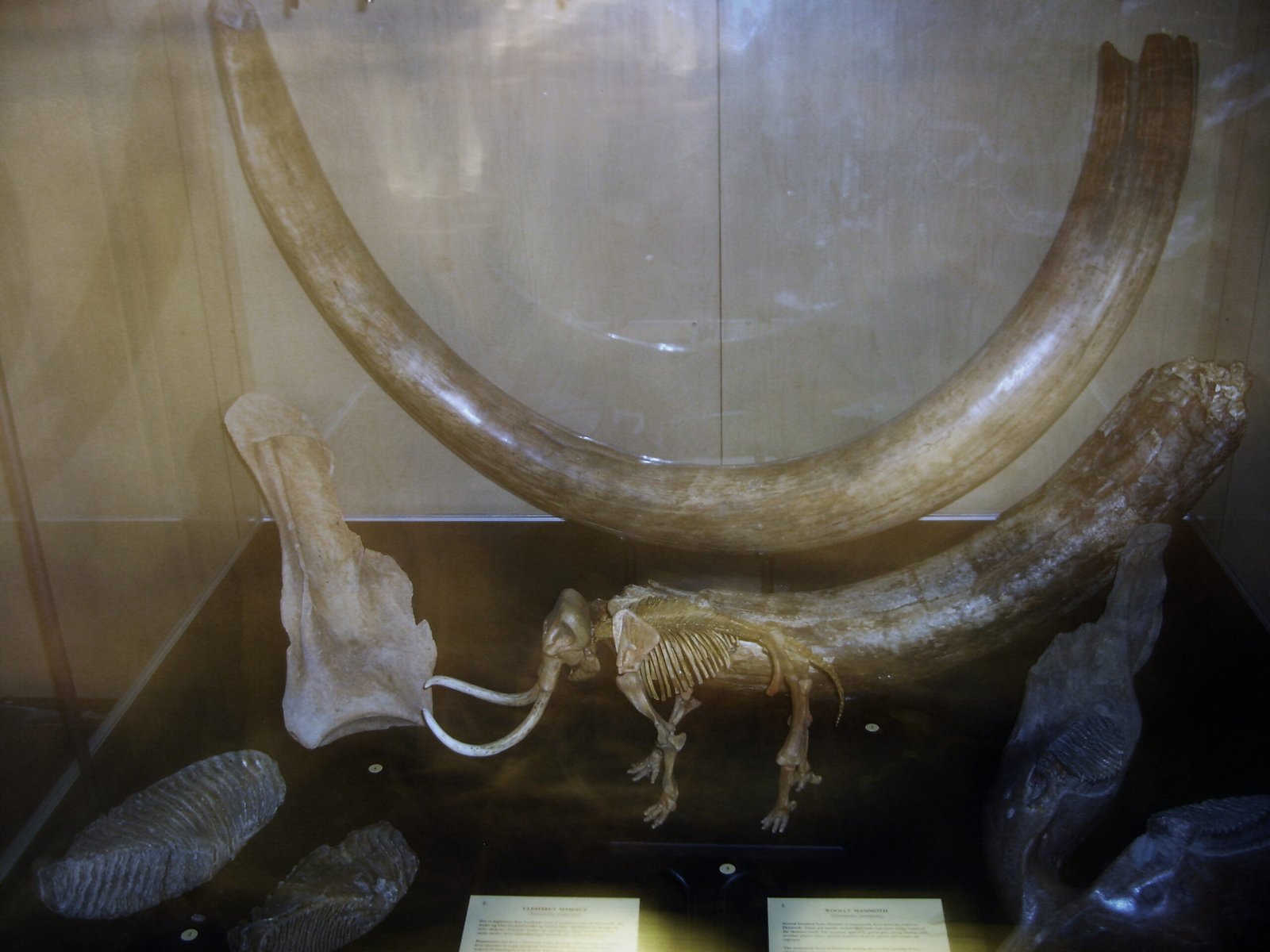
Preserving mammoth fossils is not just about safeguarding the past; it’s about protecting our future. These ancient relics are invaluable scientific resources, offering insights into Earth’s climate history. Efforts to protect fossil sites and ensure ethical excavation practices are essential. Collaboration between scientists, governments, and local communities is key to preserving these treasures for future generations. By safeguarding these fossils, we can continue to learn from them, ensuring that the lessons of the past are not lost to time.
The Call to Action
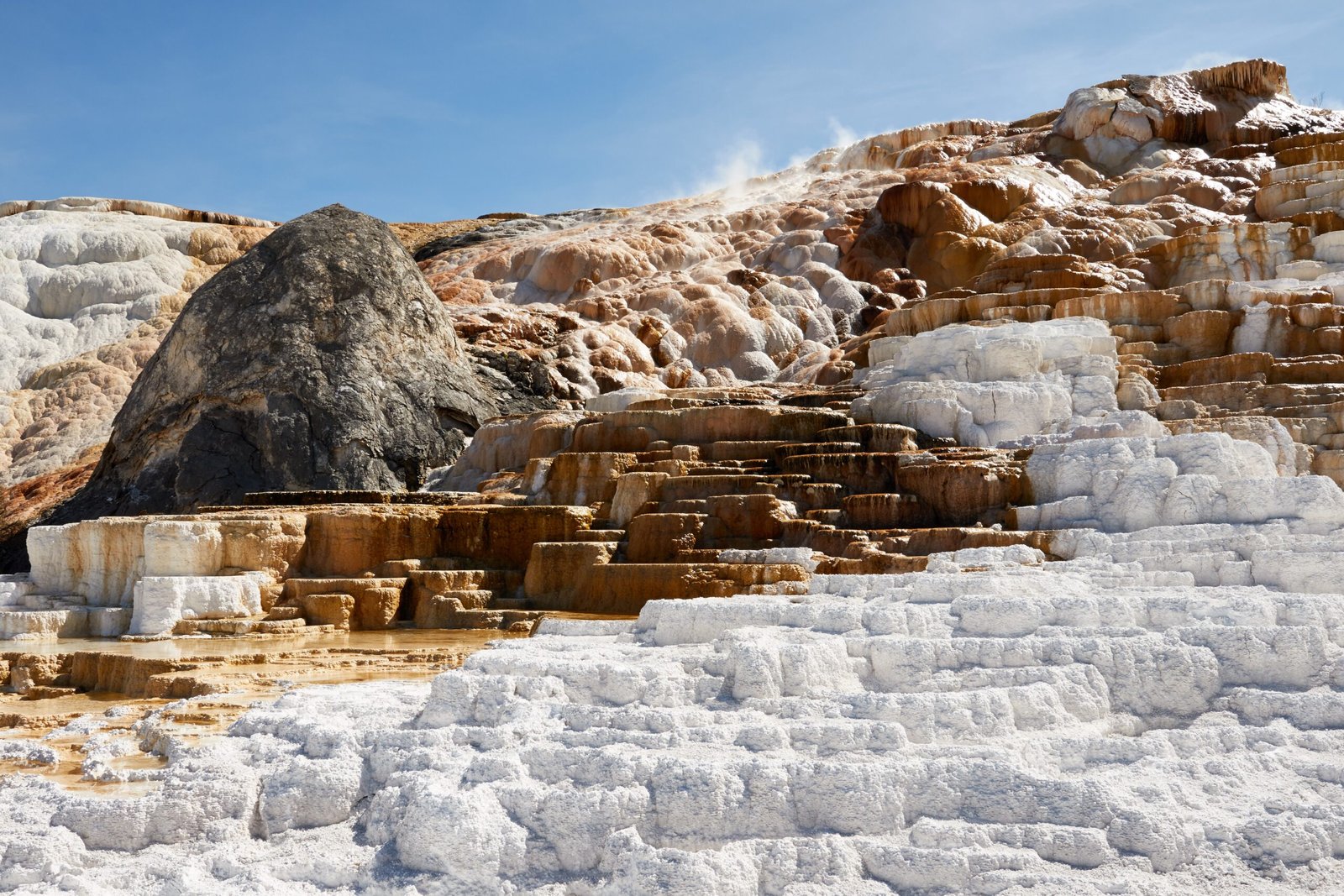
In the face of ongoing climate change, the story of the mammoth serves as a powerful call to action. It challenges us to reflect on our relationship with the natural world and to consider the impact of our actions. The extinction of the mammoth was a consequence of environmental change and human influence—a fate we must strive to avoid for today’s species. By learning from the past, we can shape a more sustainable future, ensuring that the wonders of our planet are preserved for generations to come.
Concluding Thoughts
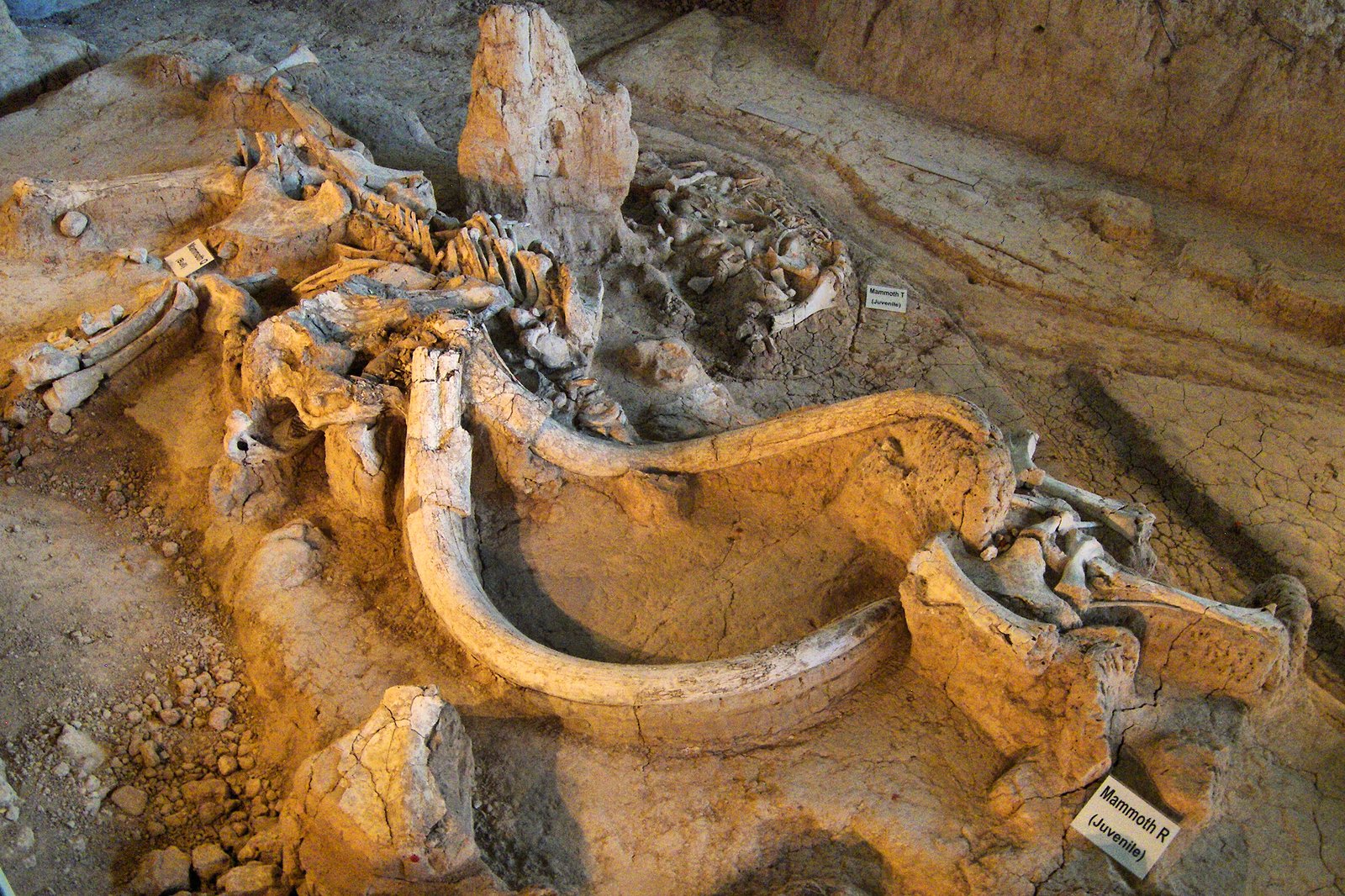
The mammoth fossils of the Great Plains are more than just remnants of a bygone era. They are a testament to the Earth’s dynamic climate history and a reminder of the delicate balance of life. As we continue to explore these ancient relics, we uncover stories that resonate with our present challenges. The lessons they offer are invaluable, guiding us in our quest to understand and mitigate the impacts of climate change. As stewards of the Earth, it is our responsibility to learn from the past, protect the present, and ensure a sustainable future for all living beings.


